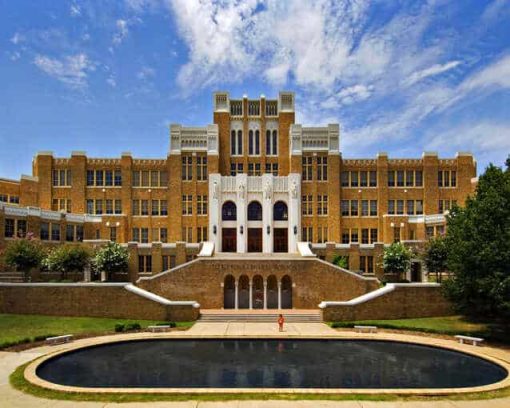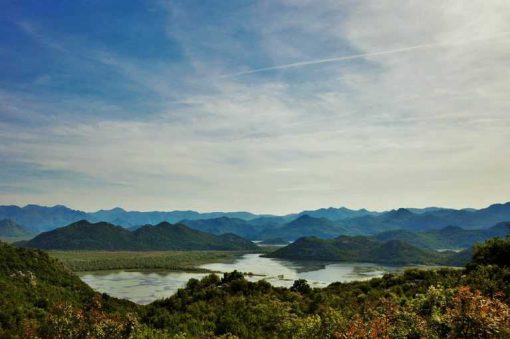
Arkansas is located in the south-central region of the United States and is home to over three million people. It’s diverse geography and topography are home to eight NPS sites or trails, each with its own special story.
Let’s take a look at the Arkansas National Parks, rich in history, natural beauty, and the rugged outdoors. These are great destinations for a day trip, weekend getaway, or a multi-generational trip.
Arkansas Post National Memorial (Gillett) – The first European settlement in the lower Mississippi Valley region, Arkansas Post became part of the United States during the Louisiana Purchase of 1803. By 1819, the post was a thriving river port and the largest city in the region and was selected the capital of the Arkansas Territory.
Buffalo National River (Harrison and St. Joe) – Established in 1972, Buffalo National River flows freely for 135 miles and is one of the few remaining undammed rivers in the lower 48 states. Prepare to journey from running rapids to quiet pools while surrounded by massive bluffs as you cruise through the Ozark Mountains down to the White River.
Fort Smith National Historic Site (Fort Smith) – From the establishment of the first Fort Smith on Dec. 25, 1817, to the final days of Judge Isaac C. Parker’s jurisdiction over Indian Territory in 1896, Fort Smith National Historic Site preserves almost 80 years of history. Explore life on the edge of Indian Territory through the stories of soldiers, the Trail of Tears, dangerous outlaws and the brave lawmen who pursued them.
Hot Springs National Park (Hot Springs) – The rare natural features of Hot Springs National Park were first protected when Congress declared the area a reservation in 1832, around 40 years before Yellowstone landed the title as the nation’s first national park in 1872. Hot Springs Reservation was designated Hot Springs National Park in 1921 and is now known as the oldest protected area in the National Park System. The remaining Bathhouse Row structures in Hot Springs National Park represent the grandest collection of such bathhouses in North America. Visiting the park is one of the popular things to do in Hot Springs, Arkansas.
Central High School National Historic Site (Little Rock) – Little Rock Central High School is recognized for the role it played in the desegregation of public schools in the United States. The nine African-American students’ persistence in attending the formerly all-white Central High School was the most prominent national example of the implementation of the May 17, 1954, Supreme Court decision Brown v. Board of Education. (In photo above.)
Pea Ridge National Military Park (Pea Ridge) – On March 7-8, 1862, 26,000 soldiers met at Pea Ridge to decide the fate of Missouri and the West. The 4,300 acre battlefield honors those who fought for their beliefs. Pea Ridge was one of the most pivotal Civil War battles and is the most intact Civil War battlefield in the United States.
President William Jefferson Clinton Birthplace Home (Hope) – On Aug. 19, 1946, Virginia Blythe gave birth to her son, William Jefferson Blythe, III. Named for the father who died before he was born, he grew up to become William Jefferson Clinton, the 42nd president of the United States. In this house, he learned many of the early lessons that defined his life and his presidency.
Trail Of Tears – Remember and commemorate the survival of the Cherokee people, forcefully removed from their homelands in Georgia, Alabama and Tennessee to live in Indian Territory, now Oklahoma. They traveled by foot, horse, wagon or steamboat in 1838-1839.
Pin this to your favorite Pinterest Travel Boards.

Photo credit: Courtesy of Arkansas Department of Parks & Tourism
You might also enjoy
Mary Jo Manzanares is a founder and the editor-in-chief of The Traveler’s Way, an online travel magazine proving informational and inspirational travel recommendations for curious Baby Boomer travelers. She has been a speaker at various industry events and has a personal travel blog at Traveling with MJ. When she’s not traveling, Mary Jo likes lingering over a cup of coffee, wandering in a museum, sipping wine at a cafe, and sharing it all with friends and readers. Mary Jo’s top travel destinations are Italy, Portugal, and the Caribbean.







